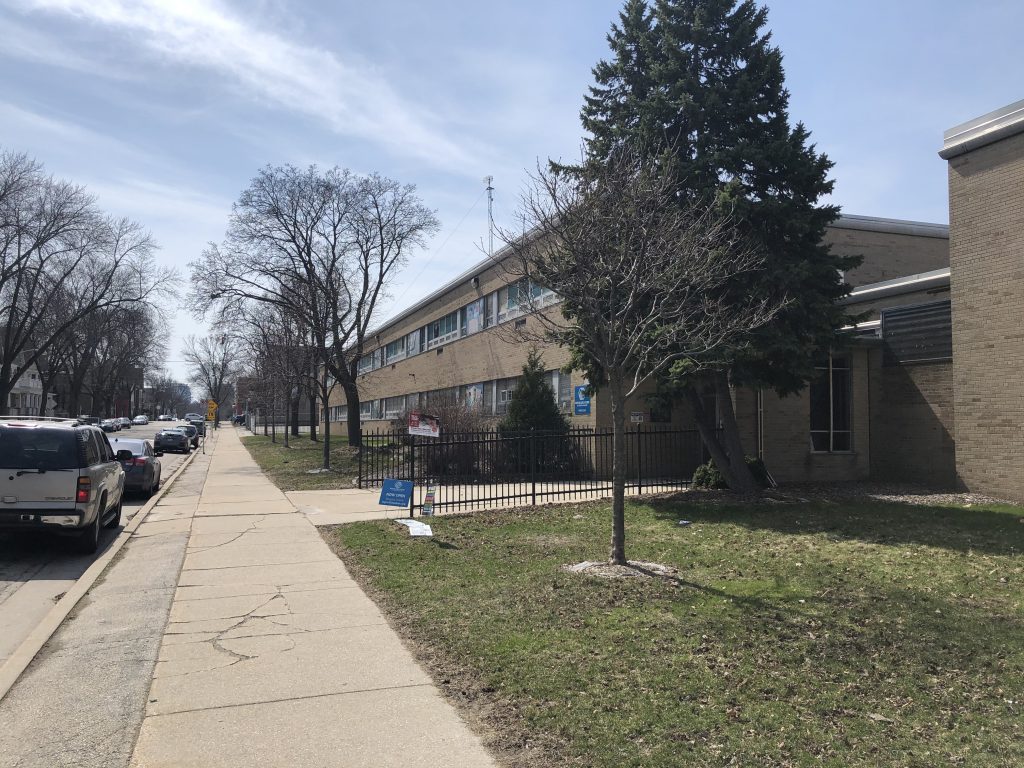Should MPS Be Split Into Smaller Districts?
What data is there to suggest legislative proposal is a good one?
A bill recently proposed in the Wisconsin Legislature would break up Milwaukee Public Schools into multiple districts. It has passed in the state Assembly. It’s widely expected it will also be passed by the Senate but then vetoed by Governor Tony Evers. The idea is likely to resurface in future legislative sessions, particularly if a Republican wins the governorship this November.
Long-time Journal Sentinel education reporter and now columnist Alan Borsuk expressed skepticism, asking “Do Wisconsin Republicans really want to own Milwaukee Public Schools? Borsuk noted some of the attempts at breaking up MPS over the past 50 years, starting with then-state representative Dennis Conta’s proposal to split up MPS and combine the pieces with suburban school districts.
In 2018, the North Carolina General Assembly established a “Commission on splitting school districts.” According to the education website EdNC, the commission met for about two months and issued a report. EdNC reported that the commission’s report identified a “lack of evidence correlating the size of a district with academic performance.” However, it also stated that “an inference can be made that smaller … size can have a positive impact.”
Currently, the link to the report is broken, which might suggest a lack of interest in pursuing the topic.
The second attempt to address the topic of district size appears in the on-line journal Education Next. It recently published an article entitled “Break Up Urban School Districts.” The author, Howard Husock, is a senior fellow at the American Enterprise Institute (AEI), a conservative think tank. In addition to his Education Next article, he recently testified at a Wisconsin legislative hearing in favor of the proposal to split up MPS.
Although Husock references several studies on competition in education, he does not offer evidence that splitting districts benefits student achievement. Instead, his argument is almost exclusively an anti-union one. In the words of his subtitle, “smaller districts would give parents a better shot at prevailing over teachers unions.”
One option is suggested by a recent report from the Council of Great City Schools (CGCS), the association that represents most large urban school districts. The report is entitled “Mirrors or Windows: How Well Do Large City Public Schools Overcome the Effects of Poverty and Other Barriers?” and issued in June 2021. The council’s analysis starts with the National Assessment of Educational Progress (NAEP) test results. Every two years, NAEP tests samples of students in fourth and eighth grade on their skills in reading and math.
When NAEP first started it reported the average test score for each state and for the nation as a whole. Currently, results are also reported for a number of large urban school districts, including Milwaukee Public Schools. The results for these districts are called TUDA for Trial Urban District Assessments. Participation in TUDA is voluntary, so not all large urban districts are included.
Using multiple regression, the research team constructed models relating NAEP scores to a variety of demographic and other variables. These variables included data on student race and ethnicity, schools’ participation in the national school lunch program, US Census poverty data, students with disabilities, English language learners, literacy materials in the home, and parent education level (for students in grade eight).
Having developed the regression equation using average values, the CGCS calculated an expected average test score for each district by plugging the district’s demographic and other variables. This expected score was compared to the actual score to get a measure of how well the district exceeded or fell short of expectations.
To better understand the factors behind districts exceeding expectation, CGCS chose a group of six districts that consistently beat expectations for further study: Boston Public Schools, Chicago Public Schools, the Dallas Independent School District, the District of Columbia Public Schools, Miami-Dade County Public Schools, and the San Diego Unified School District.
The graph below shows the enrollments of those six districts, plus Milwaukee’s. At least in this crowd, Milwaukee’s enrollment is at the small end. While well short of a statistically significant analysis, this chart suggests that large size need not prevent success.
Looking at some districts in the Milwaukee area also throws light on the relationship between district size and student achievement. The chart below shows the values of three measures at eight local districts.
Moving from left to right on the chart, students in the district become more poor, less white, and lower on the state’s overall accountability score. The percentage of students receiving free lunch is shown by the blue line and the percentages listed on the left. The percentage of students who are white is shown by the red line and the same percent scale.
The districts’ accountability scores are shown with the black dashes and the scale on the right. The four districts on the right have very close scores with two rated as meeting few expectations and the other two as meeting expectations.
Elmbrook and Muskego-Norway are included because they are only districts mentioned by Husock in his testimony to the Assembly committee.
It is worth noting that the highest-performing school districts in the state of Wisconsin are far smaller than that of the Milwaukee Public Schools. The Elmbrook public schools serve only about 7,400 students, for instance, while the Muskego-Norway public schools serve only about 4,800.
I would suggest that the success of these districts is much more a function of low poverty rates than size.
Before splitting up the MPS or any other school district, I would think it prudent to have more information on whether or not the resulting smaller districts would be better able to meet the challenges faced by MPS. To take such a major step based on an almost complete lack of data is surely poor public policy.
Data Wonk
-
Life Expectancy in Wisconsin vs. Other States
 Dec 10th, 2025 by Bruce Thompson
Dec 10th, 2025 by Bruce Thompson
-
How Republicans Opened the Door To Redistricting
 Nov 26th, 2025 by Bruce Thompson
Nov 26th, 2025 by Bruce Thompson
-
The Connection Between Life Expectancy, Poverty and Partisanship
 Nov 21st, 2025 by Bruce Thompson
Nov 21st, 2025 by Bruce Thompson
























Bruce thank you, once again, for using data to analyze an issue and showing that others’ opinions about breaking up MPS have no foundation in terms of improving school performance. So what is it that those behind this proposal are really hoping to achieve?? Creating school districts based on % of poor and/or white? And trying to hide that goal by not using relevant data?? Judy
Milwaukee parents are “breaking up” MPS. Next year 50% or more will choose other options.